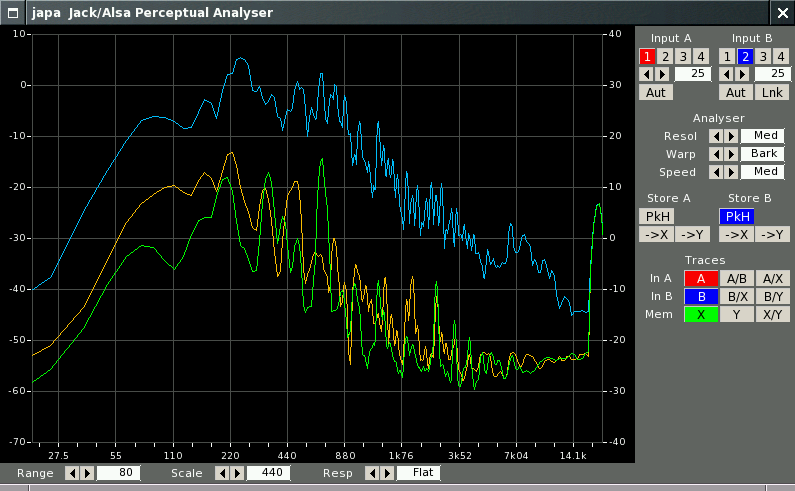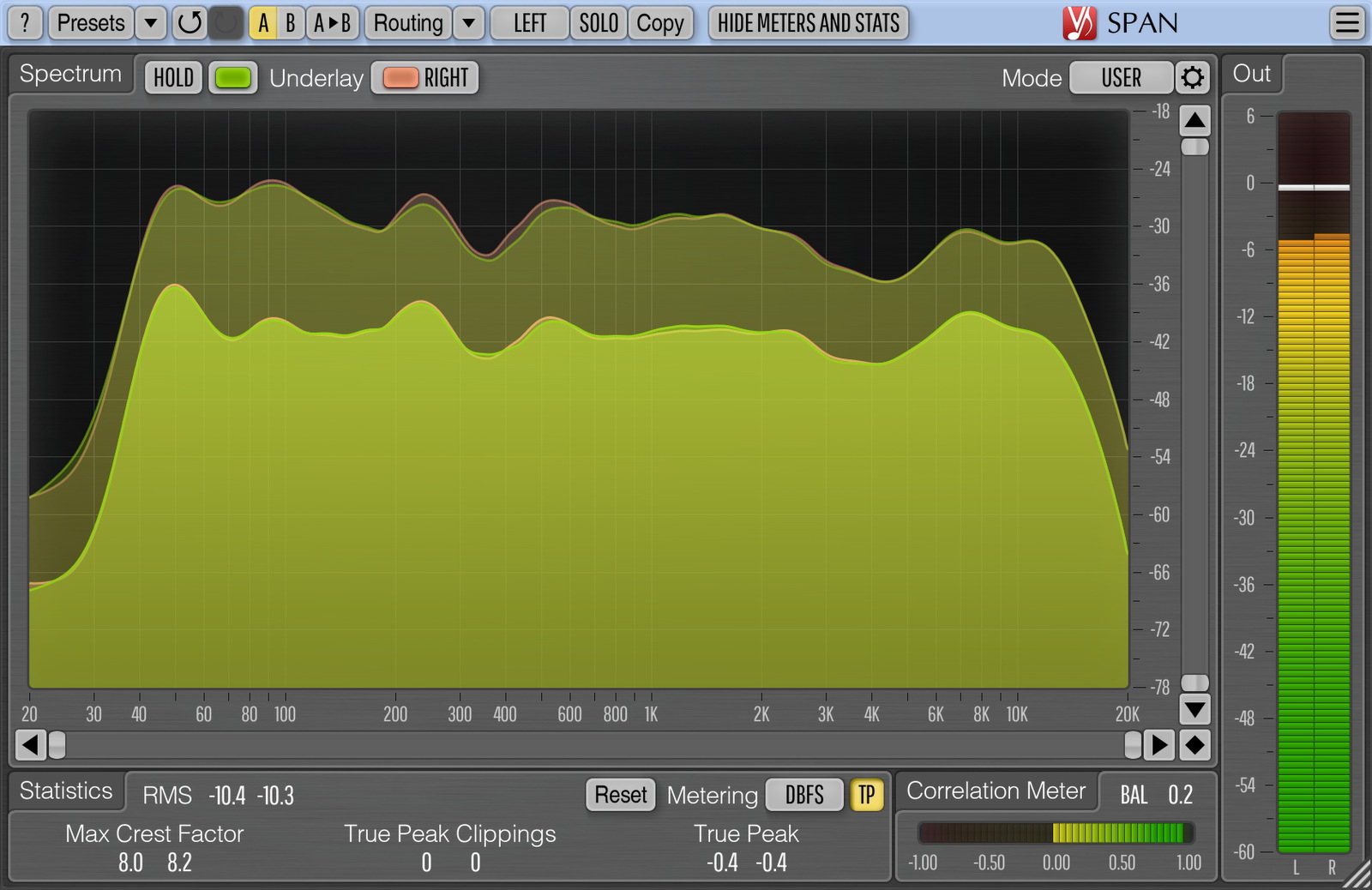ssj71 wrote:First I'll say bravo to Quirq for giving specific, objective reasons on why he likes a non-native plugin better than native ones.
Thanks. I know it's an emotive topic and I'd rather have a native solution as I think there's less chance of things suddenly stopping working for no obvious reason when you upgrade

I've only ever used Linux for music production, so where I use non-native plugins it's usually for specific reasons (which make sense to me, if not everyone else!) rather than just "because that's what I was used to under Windows". Not that I think arguments of familiarity or nice eye candy are totally without merit, both help with workflow

ssj71 wrote:
I think you are exactly right sadko, but Quirq is also right. Even though it's less accurate data, a mode like this can help the user to mentally process the data on screen better, even if it's less accurate. If you are using it for balance of frequencies, rather than trying to surgically remove or boost this or that freq, then I think a "frequency smoothed" mode is a good idea. Really it makes sense to have some independent control over smoothing WRT time AND/OR frequency. Especially with a few good presets ("Mastering," "high-accuracy," etc.) then it would be an even more useable and capable analyzer.
Thanks, you've very eloquently summarised what I was trying to say. The reason I got into using SPAN was because that's what the mastering engineer
Ian Shepherd used in his Home Mastering EQ course (which I found incredibly useful). When I looked at all the native analysers to put things into practice, they all seem to be built more/just for precision, which is fine for most purposes but not as helpful for the broader-brush approach of mastering.
There are some analysers that are also scaled in a way that I don't find helpful – being marked 100, 200, 200, 400, 600, 800, 1kHz, 2k etc with appropriate ticks in between is far more useful than 110, 220, 440, 880 etc. I understand why that's done, but it's harder to work out quickly where a feature of interest occurs in the spectrum unless it's centred around one of the marks. I think as well, having the area under the line makes things easier to read; most analysers do that, but not all. For example:

ssj71 wrote:As for ardour's midi programming, I really think we need the hydrogen editor ported to LV2. Drop that in your midi track, sequence away. You can bounce it to an ardour track too if you want. I've wanted that since A3 was released.
Now there's a good idea


